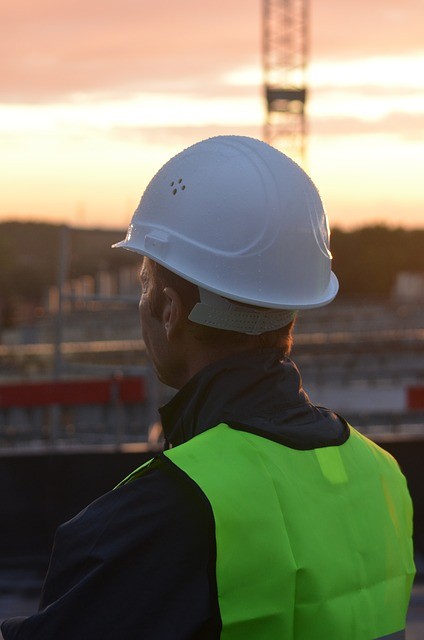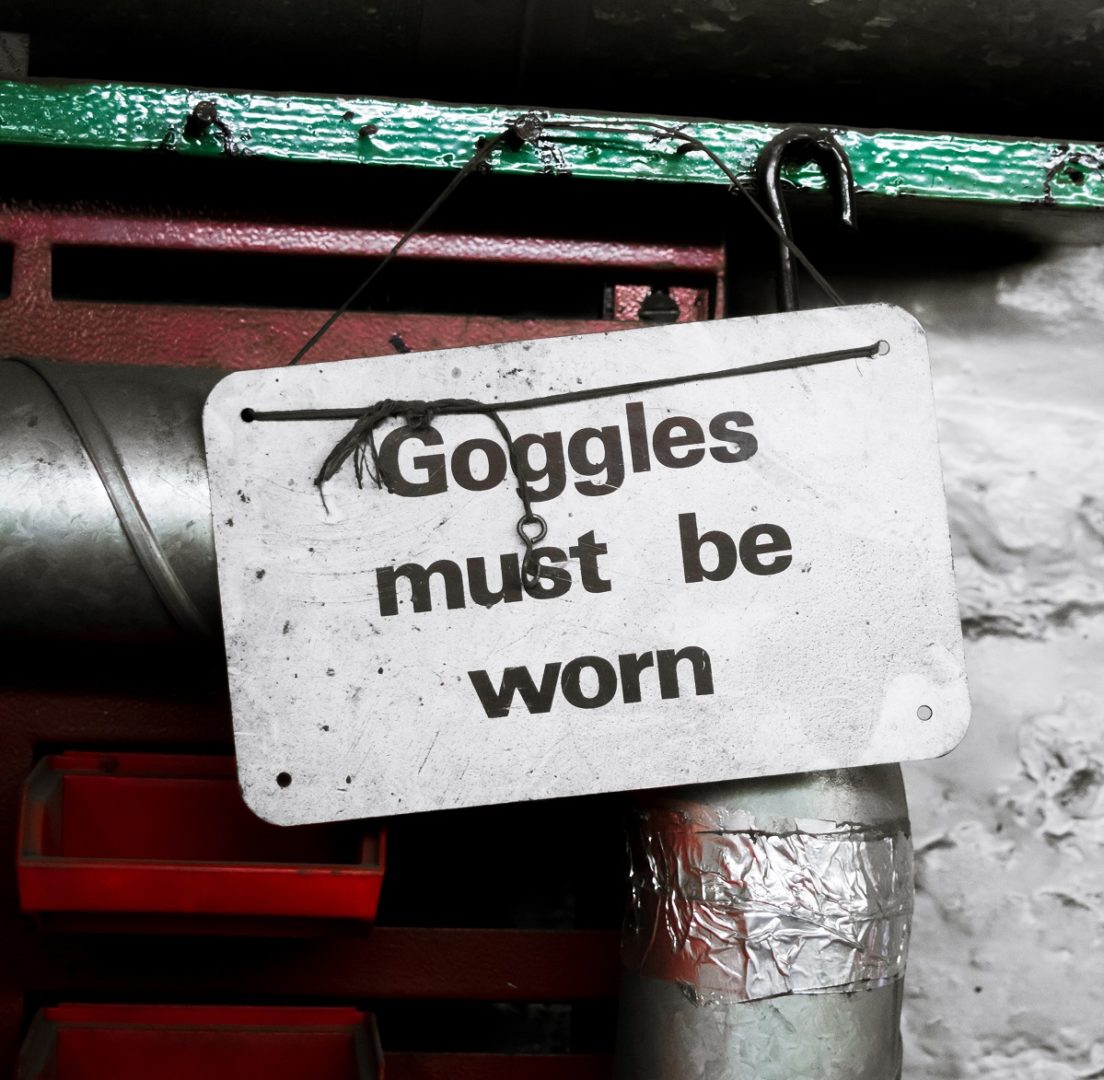Your safety training program should be a pillar of your company. Sure, each employee goes through training when they’re hired in and on an annual basis, watching videos and taking quizzes on specific topics that may or may not affect them. But that is not enough for employees performing high risk tasks.
Safety needs to be an active top priority on a daily basis. One of the most effective ways to make it happen is to have someone on site dedicated to making it happen: the safety person.

What the safety person does
The safety person wears a lot of hats and are experts at putting out fires (sometimes literally). It’s not easy to put their job description into one or even a few sentences, but we gave it a shot:
- Gather evidence and investigate incidents’ root cause.
- Keep metrics on leading and lagging safety indicators.
- Hold daily, weekly, or monthly meetings with management and employees to broadcast timely safety issues.
- Arrange annual refresher trainings.
- Watch people work.
Having someone watch your workers do their thing is a deterrent to reckless behavior on the job. If the safety person is hanging around, workers will use ear protection when they’re running noisy equipment. They will regularly suit up in fall protection gear when it’s necessary. The safety person makes sure signs are placed appropriately, SDSs are where they should be, and PPE is put in its place.
The safety person being a “cop” isn’t what it is all about. They’re coaches to new workers. They remind long-time workers that “I’ve always done it that way and no one got hurt” isn’t an excuse for reckless work practices. The safety person spearheads safety culture, letting workers know management cares about their well-being.
The safety person makes it all happen, and that’s why they should never be referred to as “just the safety person.” EHS Manager. Safety Coordinator. Health & Safety Advisor. Whatever your company calls it, they earn their title every day on the job.

Why having a safety manager is better than stand-alone trainings
Manufacturing, construction, and other high-risk occupations require stand-alone trainings. A lot of times, they’ll feed valuable information in bulk, giving a broad overview of topics ranging from bloodborne pathogens to operating a forklift. It’s something that every worker needs to hear before their boots hit the ground, but nothing can realistically prepare them to what everyday life on the job is going to look like. They won’t know how they’ll react to hazardous situations until they’re right there in the thick of it.
Full-time oversight guides workers, regardless of skill or experience level, through risky situations. Safety managers help workers decide when they need PPE, and teach them how to use it. Videos and quizzes can never trump one-on-one interaction with workers. It’s almost always better to take a hybrid approach.

How it will change your bottom line
There are a couple of ways your bottom line will change should you decide on hiring someone on full-time. You’ll need to account for salary for a new employee. You’ll have to account for their benefits, for their own equipment, and any other resources they need access to.
It’s an investment – a hefty one if you’re only looking at it from the one angle.
There are fiscal benefits that lurk in the shadows, though. Your incident rate goes down; insurance rates go down. Your employees aren’t breathing in fumes all day; they take less sick days. You show appreciation for their health; your turnover rate significantly lowers.
The benefits far outweigh an upfront investment of a new hire.
Still not sure if a full-time safety manager is the right move for your company? Contact us at hello@trimediaee.com to speak with one of our own.

